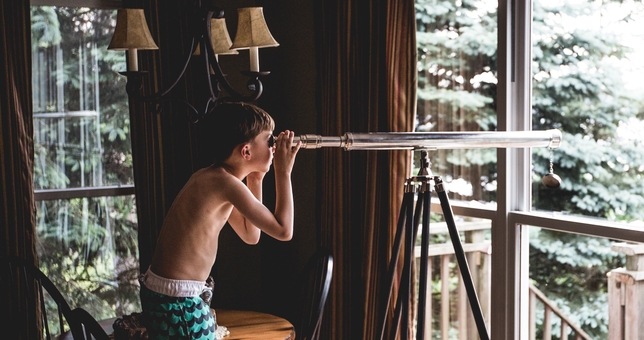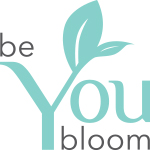How to Find + Harness Your Inner Child for Stronger Performances
 Photo Source: Photo by Teddy Kelley on Unsplash
Photo Source: Photo by Teddy Kelley on Unsplash
Some of the most brilliant performers out there are child actors, seamlessly stepping in characters thanks to their ability to operate in theta state, also known as the learning state of the mind. In theta state, four main things happen:
- The “thinking” brain is not in the driver’s seat so a heightened awareness occurs from being present moment-to-moment.
- Fear subsides and bold choices are made so the child can become fully immersed in “play time,” where imagery and visualization are unleashed.
- The critical filter of the mind is not fully developed; it is why the child can believe so easily that what he/she pretends is reality.
- A state of flow exists in which time, space, and connection to the ego are non-existent. It is when the child becomes one with the activity, enjoying the process more than focusing on the end goal.
Sounds like theta state could be pretty good for your performance, no? It may have a fancy name, but it’s actually fairly simple to access your inner child. Below is an exercise that can help, but know that it’s not about being precise in the steps. Rather, do this in a way that feels good to you. Choose an age or age range you remember as being free from worries or judgment, and let that guide you.
Create Strong Performances with these steps:
- Select gentle, instrumental music to play in the background.
- Semi-recline in a chair and close your eyes.
- See or feel your breath going in and out from your heart. Take time with this step—the more connected you become to your breath, the more your breath will become connected to you.
- Pretend or imagine your adult self in a place that offers a sense of joy and freedom. Meet up with your inner child here.
- Simply watch from afar. Notice what intrigues you about your inner child. When you’re ready, let the child know that you give yourself permission to be a kid again.
- Choose whether you prefer to observe the child playing or if you would like to do something together. Don’t limit your imagination here.
- Using your senses, get a sense of the child’s essence. Choose if you wish to step into that essence to become one with the child. Play or create in your canvas as the child or just exist and see what comes. All is possible.
- Choose a character to experience from the spirit of the limitless child. Be bold and take risks. Feel your way through the character with instincts by simply being, not thinking.
- Don’t be surprised if you find yourself smiling, laughing, or visualizing yourself jumping or flying. There is no right or wrong; everyone experiences this differently.
- As you conclude your time, offer thanks and release the child back to the place you first designed. Watch the child go knowing that you will play together again. Take a deep breath to cement the good work you’ve done.
As you open your eyes, new insights have been gifted to you. Quickly write down every word, feeling, or thought that flows through you—don’t stop to make sense of anything. When you finish, take a look. What pops off the page? You may discover key words regarding what you need to take your performance to the next level.
Do not be discouraged if this was challenging for you. The more you practice creating from the inside out, the more depth your characters will have based on the intrinsic nature of the character versus thinking about it from a cognitive awareness. No matter how many times they fall, children keep getting back on the bike because the experience offers more to gain than how many times they fall; the same can be true of you as an actor.
Jessica Morales is a certified hypnotherapist, certified imagery master, and EFT practitioner. She earned her BA from Fordham University. She is a member of SAG/AFTRA. Jessica offers classes on using how to create positive outcomes, emotional intelligence training, and visualization for enhancing auditions and peak performance. Article appeared in Backstage Magazine.
To learn more about performance coaching, click here.
